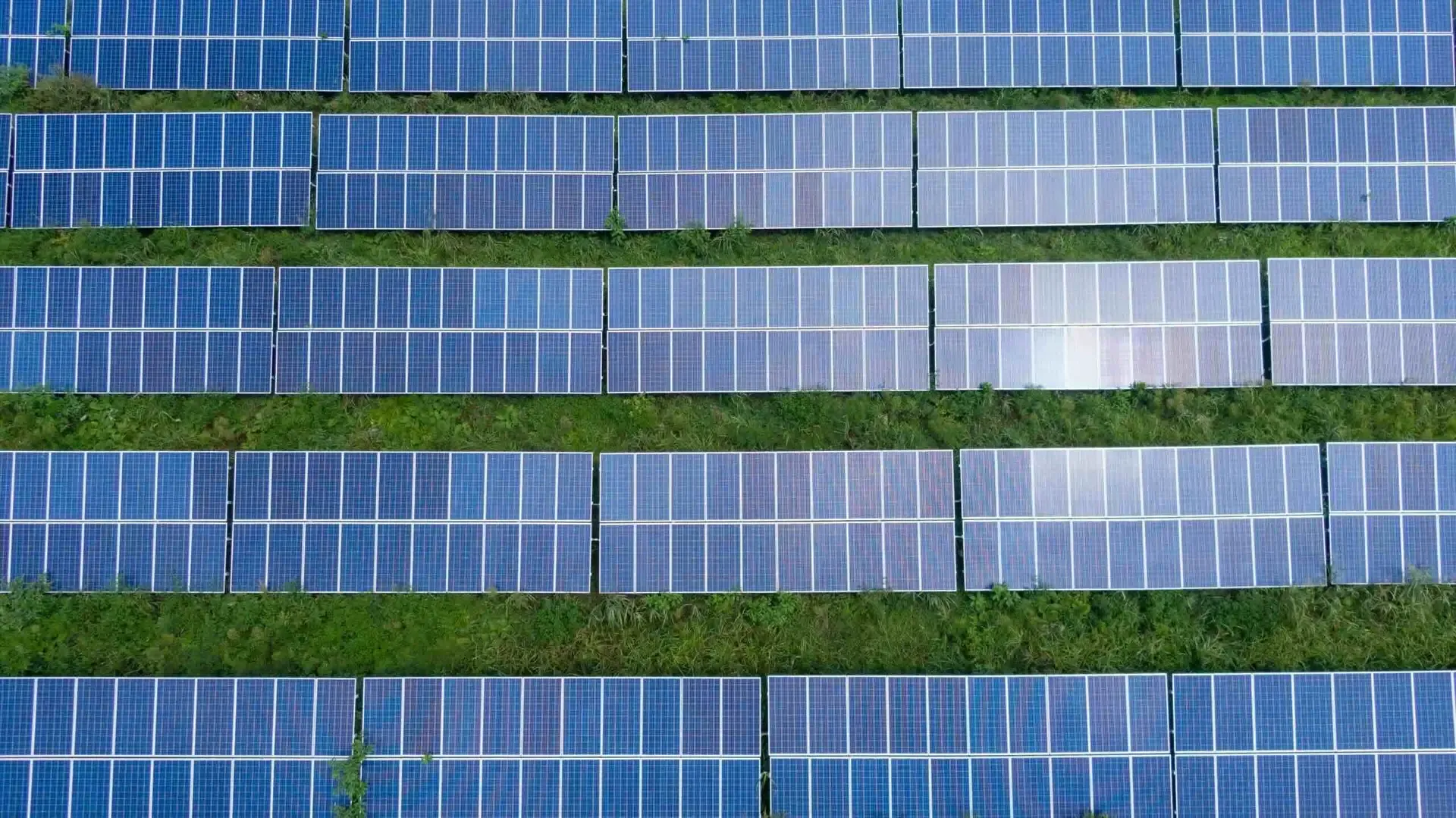From Cornwall Insight Australia’s Energy Market Alerts service
Energy laws have now been amended to incorporate an emissions reduction objective alongside the other objectives. The list of targets that the market bodies will need to consider is listed in a separately published Targets Statement. The targets currently listed cover both Federal and state governments. As well as explicit targets made (Table 1), the Targets Statement also lists government targets that are not expressed in terms of emissions reductions but are likely to reduce emissions and have some relevance for the electricity or gas sectors (Table 2).
For the ISP, in particular, AEMO must have regard for all relevant targets in the Targets Statement when preparing ISP scenarios.
Furthermore, under the rule change, AEMO would have the discretion to consider other emissions reduction targets not stated in the targets statement and other relevant public policies that are not emissions reduction targets.
Cornwall Insight Australia have released an Energy Market Alert on how energy market rules are being changed to incorporate these emissions reductions targets.
Table 1: Targets for reducing Australia’s greenhouse gas emissions
| Jurisdiction | 2030 target | 2035-2045 target | 2050 target |
|---|---|---|---|
| Commonwealth | 43% below 2005 levels | Net zero | |
| Australian Capital Territory | 65-75% below 1990 levels | 90-95% below 1990 levels by 2040 Net zero by 2045 | Net zero |
| New South Wales | 50% below 2005 levels | Net zero | |
| Northern Territory | Net zero | ||
| Queensland | 30% below 2005 levels | Net zero | |
| South Australia | 50% below 2005 levels | Net zero | |
| Tasmania | Net zero (or lower) | Net zero (or lower) | |
| Victoria | 45-50% below 2005 levels | 75-80% below 2005 levels by 2035 Net zero by 2045 | Net zero |
| Western Australia | 80% below 2020 levels for government GHG emissions | Net zero |
Table 2: Targets likely to contribute to reducing Australia’s greenhouse gas emissions
| Jurisdiction | Target |
|---|---|
| Commonwealth | Supply-side:● ****● Renewable Energy Target (RET) 33000 GWh (achieved) ● Commitment to a national renewable target of 82% by 2030 Demand-side: ● National Energy Productivity Target: improve Australia’s energy productivity by 40% between 2015 and 2030 |
| Australian Capital Territory | Supply-side: ● 100% electricity from renewable generation (achieved) Demand-side: ● ACT Zero Emissions Vehicle strategy 2022-2030: ◌ ZEV sales target for ACT of 80-90% by 2030 ◌ No new ICEV into taxi or ride-share fleets by 2030 ◌ Cease registration of new non-ZEVs by 2035 ◌ At least 180 chargers by 2025 |
| New South Wales | Supply-side: ● 12 GW of VRE by 2030 ● 2 GW of long-duration storage Demand-side: ● Peak demand reduction of 10% by 2030 |
| Northern Territory | Supply-side: ● <span class="editorskit-charmap">50% grid-connected electricity from renewable energy by 2030 (900GWh) </span>Demand-side: ● Northern Territory EV strategy and implementation plan 2021-2026 ● Increase the number of EVs in NT Government fleet by 20 per year over ten years, totalling 200 vehicles by 2030 ● Reduce stamp duty for first-time registration of new and second-hand EVs in the Northern Territory by $1500 for five years |
| Queensland | Supply-side: ● 50% electricity from renewable energy by 2030, 70% by 2032 and 80% by 2035 ● 22 GW new VRE by 2035. Supported by grid-scale batteries and pumped hydro storage, including 7GW from two pumped hydro projects Demand-side: ● Zero Emission Vehicle Strategy (ZEV strategy) 2022-2032 ◌ 50% of new passenger vehicle sales to be zero emissions by 2030 and 100% by 2036 ◌ 100% of eligible Qfleet passenger vehicles (incl. SUVs) to be zero emissions vehicles by 2026 ◌ Every new TransLink-funded bus added to the fleet to be a zero-emission bus from 2025 in South East Queensland and from 2025–2030 across regional Queensland |
| South Australia | Supply-side: ● 100% electricity from renewable energy by 2030 Demand-side: ● 170,000 EVs to be on SA roads by 2030 and 1m EVs integrated into the electricity system over the next 20 years. |
| Tasmania | Supply-side: ● 150% renewable electricity by 2030. 200% electricity from renewable energy by 2040 (compared to 2022 baseline demand/renewable generation) Demand-side: ● Target to convert government fleet to 100% electric by 2030 |
| Victoria | Supply-side: ● 40% electricity from renewable energy by 2025, 50% by 2030 ● Victorian Energy Storage Target: 2.6 GW by 2030, 6.3 GW by 2035 ● Victoria’s offshore wind targets: ◌ at least 2 GW of offshore generation capacity by 2032 ◌ 4 GW by 2035 ◌ 9 GW by 2040 ● Gas substitution roadmap ◌ Targeting net zero in gas sector to support net zero in Victoria by 2050 and halving emissions by 2030 Demand-side: ● Zero Emissions Vehicle (ZEV) roadmap ◌ 50% of light vehicle sales to be ZEVs by 2030 ◌ All public transport buses to be ZEVs from 2025 ◌ Electric vehicle charging stations across Victoria by 2024 ● Solar Homes Program and Solar for Business Program ◌ Over ten years, it will enable installation of solar homes, hot water systems or batteries on 770,000 homes across the state, resulting in over one million Victoria homes powered by renewable energy |
| Western Australia | Supply-side: ● N/A Demand-side: ● N/A As WA does not apply the NEL or NERL, this table does not include WA’s EV targets as they are relevant in the context of electricity use rather than gas |
Source: AEMC Targets Statement












